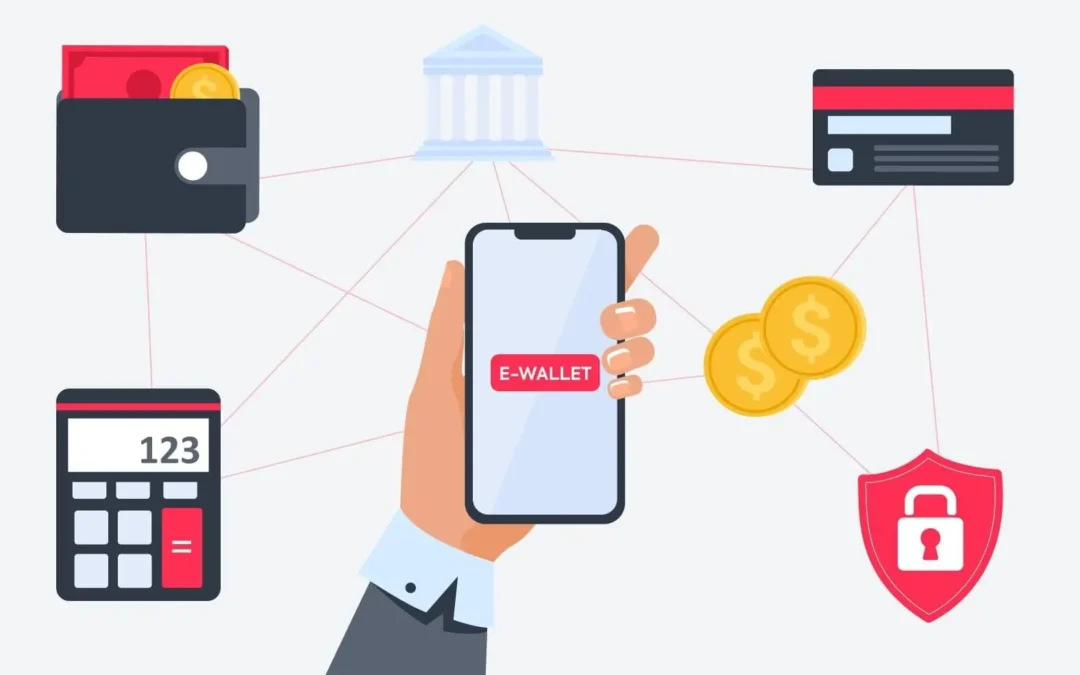User Registration:
- Users create an account on the e-wallet platform by providing personal information such as name, email, phone number.
- Few systems might need additional verification steps like email or phone verification, or even KYC (Know Your Customer) verification for regulatory compliance.
Wallet Creation:
- Upon successful registration, a digital wallet is created for the user within the system. This wallet is associated with the user’s account and is where funds will be stored.
Funding the Wallet:
- Users can fund their wallets through several methods like bank transfers, debit/credit card payments, or other supported payment methods.
- The system securely processes the payment and credits the corresponding amount to the user’s wallet balance.
Sending/Receiving Money:
- Users can send money to other users within the e-wallet system using their registered email or phone number.
- An optional step could be recipients receive notifications and can choose to accept or decline the transfer.
- Upon approval, the transferred amount is deducted from the sender’s wallet balance and credited to the recipient’s wallet balance instantly or within a short timeframe.
Withdrawal:
- Users can withdraw funds from their e-wallet to their linked bank account or other withdrawal methods supported by the platform.
- Withdrawal requests are processed, and funds are transferred to the designated account.
Wallet Management:
- Users can view their wallet balance, transaction history, and perform actions like adding or removing payment methods, setting spending limits, or linking bank accounts.
- Security features such as two-factor authentication (2FA) and biometric authentication might be available for added protection.
Security and Fraud Prevention:
- The e-wallet system should implement robust security measures to protect user data and prevent fraudulent activities.
- This may include encryption of sensitive information, monitoring for suspicious transactions, and implementing anti-fraud algorithms.
This workflow drafts a general overview of how an e-wallet system operates, but depending on the platform and its target audience, specific features and functionalities can be customized.

